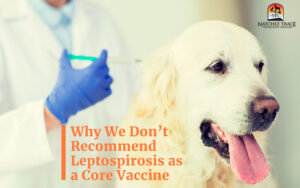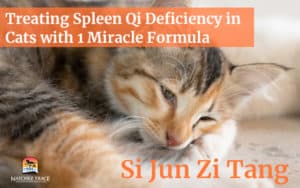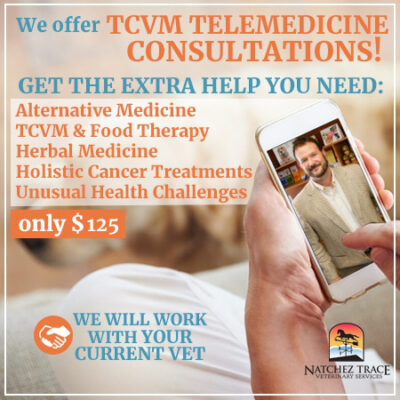The Do’s and Don’t When It Comes to Feeding Kittens:
When feeding kittens, keep in mind that the first year is the most important. A kitten’s development is determined in those fifty-two weeks. This first year is critical because during that time kittens grow from infancy through the equivalent of childhood, and then on to young adulthood. That’s why it is especially important to use high-quality food when feeding kittens.
The best nutrition possible is needed to build strong bones, good muscles, a well-developed nervous system, and provide the energy needed during that first year.
A kitten’s normal weight practically triples during its first three weeks of life. In its first 20 weeks, a kitten can have a 2,000 percent increase over his birth weight. At 26 weeks, the visible growth rate starts to level off, and he may look like an adult cat. However, the kitten continues to develop inside. During this time, the kitten’s bones become stronger and its body continues to fill out until it is one year old.
Extensive studies show that a kitten’s rapid growth and high energy level require food that will give it extra nutrition and calories. And since he has a small stomach, it’s difficult just to eat more food to get the needed calories. The kitten’s correct development requires protein, calcium, iron, phosphorous, and many other nutrients as part of a complete and balanced diet. It is important to use a food specially formulated for kittens. Kittens, like babies, need their own special food.
Using Supplements When Feeding Kittens
Supplementation of the food often upsets the nutrient balance. Too much of anything can be harmful, and often leads to other health problems. Do not feed additional supplements unless your veterinarian recommends it.
Read Package Labels When Feeding Kittens
Everyone is more conscious these days of package content labels because we know that proper nutrition is so important to leading a healthy life. That is why you should read the label on your kitten’s food. It provides a guaranteed nutrient analysis and ingredient list. It states the minimum levels of crude fat and protein and the maximum amounts of crude fiber and moisture.
The label should indicate whether the product provides complete and balanced nutrition and is adequate for all life stages or for just a particular life stage, such as “kitten” or “adult.” The label should indicate if the product has undergone actual feeding studies. If the pet food does not provide complete and balanced nutrition, the label must read, “not to be fed as a sole diet,” or words with similar meaning.
Recommendations for Feeding Kittens
- Place your kitten’s food and water dishes away from foot traffic and noise, in a place, which is comfortable and easy for him to reach. Putting newspapers or a plastic mat under the dishes will make cleanup easier. Feed in the same place all the time. Do NOT change the location unless absolutely necessary.
- Always keep clean, fresh water available. Change the food and water daily. Keep food and water dishes clean.
- Establish a routine so that your kitten is fed at the same time every day. Give him three (3) meals a day, if at all possible until he is six (6) months old. At 6 months, your kitten will closely resemble adult size, but don’t be misled. He still needs to do a lot of growing up and filling out. Now he can be fed only twice (2) daily, but be sure to continue the kitten diet until one year of age.
- It is acceptable to feed only dry food during the first few months if it is softened with water. However, it is also acceptable to feed either canned food or a mixture of both.
- By the time he is seven (7) months old, most of your kitten’s permanent teeth should have grown in. One of the advantages of feeding dry food, apart from the convenience, is that dry food can help decrease the rate of tartar accumulation on the teeth.
- Do not worry if your kitten’s appetite decreases slightly between the ages of four (4) and seven (7) months. As he loses his baby teeth, he may eat a little less because his gums are sore.
- For a proper feeding program, use only high-quality commercial foods and follow the package directions for the amounts recommended for the various age levels.
Make any changes in foods gradually by mixing the old and new food over a 7-10 day period to avoid gastrointestinal upsets. Cats do NOT require a variable diet, and the least problems occur when the same food is fed all the time.
Don’t Use These Items When Feeding Kittens:
- Bones
- Table scraps
- Puppy or dog food
- Foods are known to cause health problems, such as chocolate, onions, etc.
When in doubt, ask your veterinarian for the best answers to anything you want to know about nutrition for you pet.
Click Here to Learn about the Holistic Pet Food Created by Our Veterinarians








